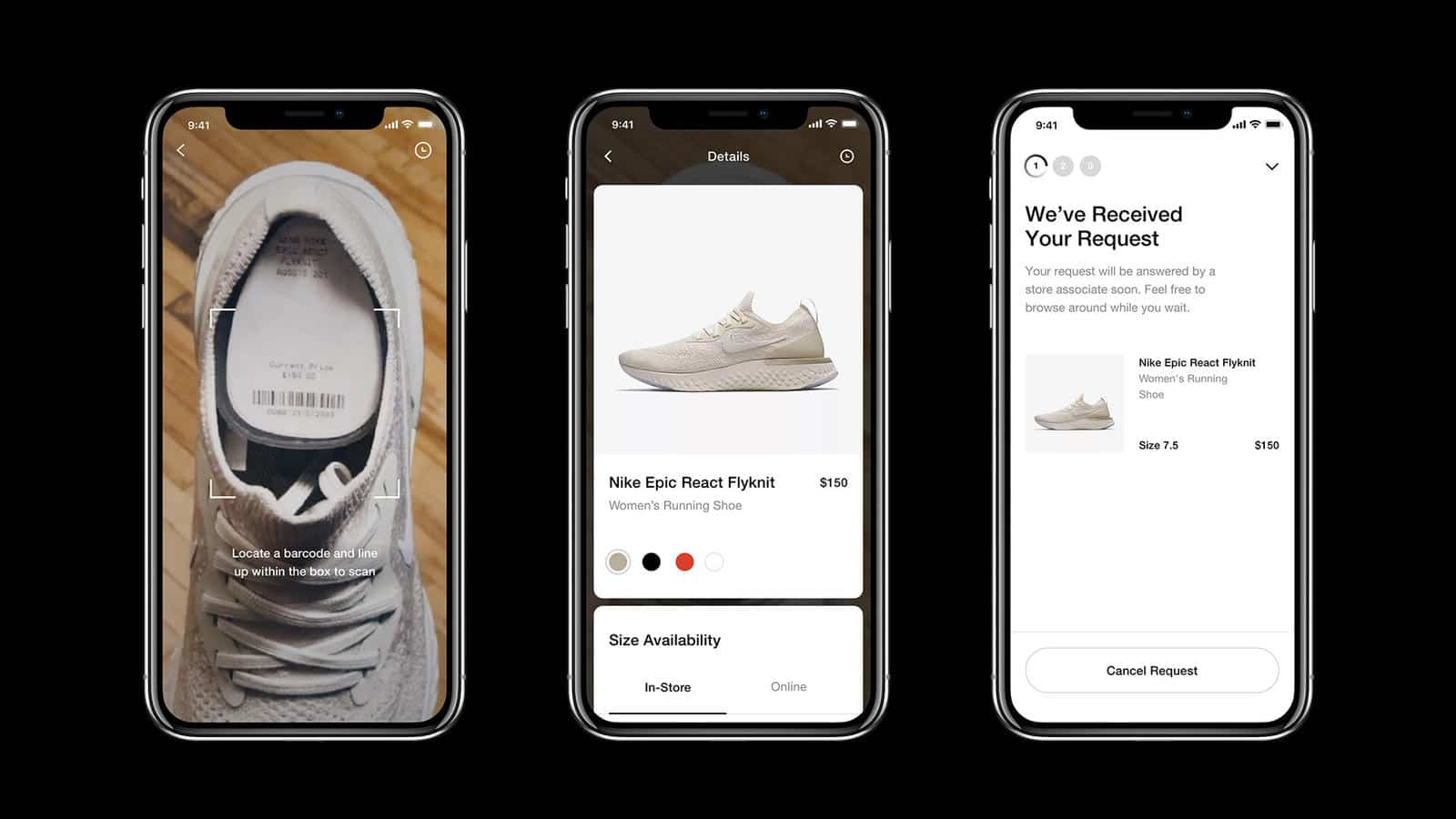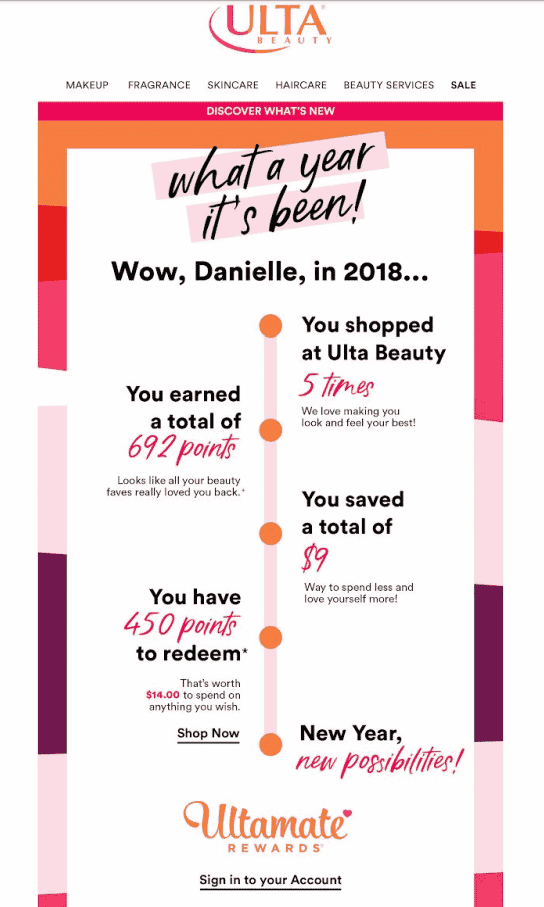Personalization
A Look at the Link Between Brand Loyalty and Personalization
October 28, 2019

Every year, Bond Brand Loyalty studies brand loyalty, talking to tens of thousands of consumers and assessing hundreds of retailers’ loyalty programs. It should come as no surprise that Amazon, a company with such immense loyalty that it was able to invent its own holiday that has become an ecommerce extravaganza on par with Cyber Weekend, is particularly well-regarded there.
In fact, nine years in, Bond created the Prime’nomic Scale, using Amazon as the benchmark. Other leaders in loyalty include Sephora, Nordstrom, Nike, Kohl’s, DSW, PetSmart and REI.
While Bond Brand Loyalty is evaluating brand loyalty programs, Marigold Engage by Sailthru, analyzing the companies’ personalized marketing capabilities. We browse websites, sign up for email lists, download apps, and even factor in customer satisfaction. This research culminates in our annual Retail Personalization Index, where many of the same brands were top performers, highlighting a strong link between personalization and brand loyalty.
How Personalization and Brand Loyalty Work Together
Loyal customers are the best customers. According to Accenture research, loyalty program members generate 12-18% more revenue per year than non-members. And that’s just an average. Prime shoppers spend 133% more per year, while Nike+ members account for three times as many sales. Of course they do. When a Nike+ member walks into a brick-and-mortar store, they can check in with a QR code, ensuring personalized service. With the promise of rewards and special treatment, wouldn’t you always make sure to shop while checked in?

That, in turn, gives brands valuable data about what consumers buy, the types of promotions that appeal to them, and whether they typically shop online or in-store. As brands collect more data, consumers increasingly have greater expectations. According to the 2020 Bond Brand Loyalty report, just 25% of the 68,000 consumers surveyed are very satisfied with the levels of personalization they see from loyalty programs. However, that personalization pays off in the long run. Members who receive tailored offers are 8x more likely to go out of their way to use them.
It pays off. When personalization is done well, there’s a 6.4x lift in satisfaction, further endearing people to the brand, cementing brand loyalty and encouraging them to shop more.
How Ulta Does It Well (and Target Plans to)
Consumers are calling for greater personalization in loyalty programs and brands are certainly responding. Earlier this month, Target launched Target Circle, which grants members access to special sales throughout the year. For example, the collaborations with brands like Lilly Pulitzer and Vineyard Vines, both of which sold out entirely. Additionally, Target Circle will feature personalized offers and savings based on the categories they shop most frequently. That means not sending childless customers promotions about diapers, understanding that irrelevant messaging is universally a turn-off.
We also saw this during our Index. Of the 250 retailers we evaluated, 55% offer a loyalty program, compared with 88% of the top 25 ranking retailers. The top performers take it further, incorporating their loyalty programs into other marketing channels. For example, 56% of the top 25 brands include loyalty information in emails, compared with 11% of those brands that didn’t make the cut.

In addition to being the marketing channel with the highest ROI, email is where most people want to hear from brands anyway. Ulta marries the two exceptionally well, a huge factor in the brand’s seventh-place finish on the Index. Using real-time personalization technology from our sister brand Liveclicker, this end-of-year recap displays Danielle’s points balance… and its monetary value. What’s more, this message is dynamic, automatically changing to reflect any shopping Danielle may have done after Ulta sent this email but before she actually opened it.
And when it comes to brand loyalty, few companies have more than Ulta. More than 90% of the company’s sales come from Ultamate Rewards members.
The State of Brand Loyalty in the U.S. in 2023
Related



